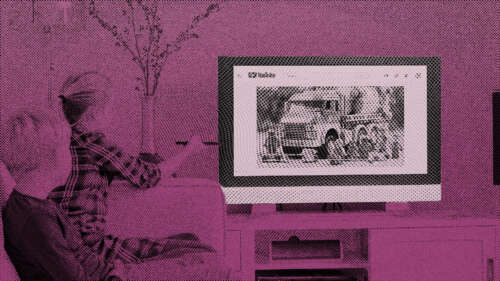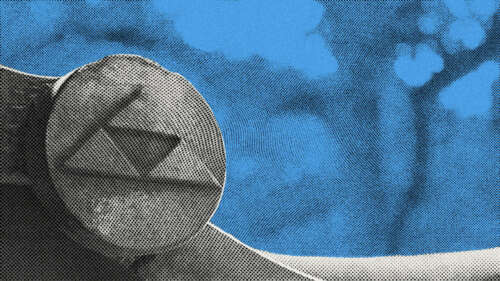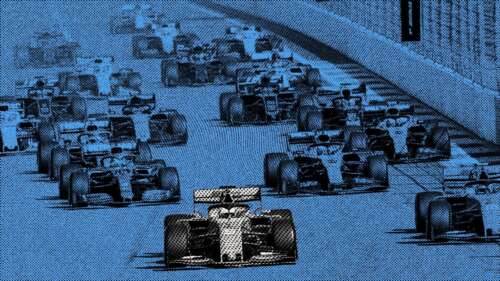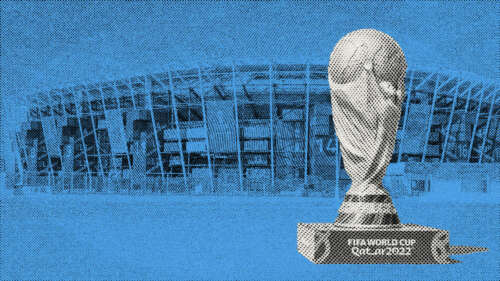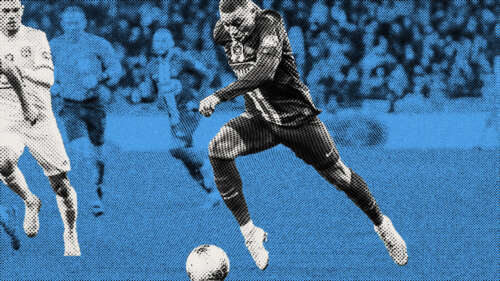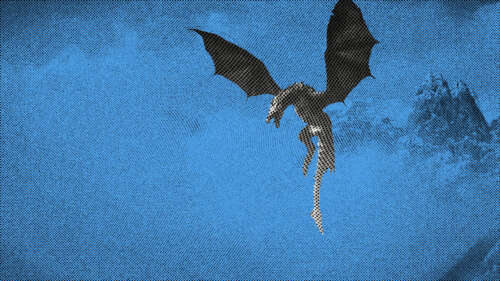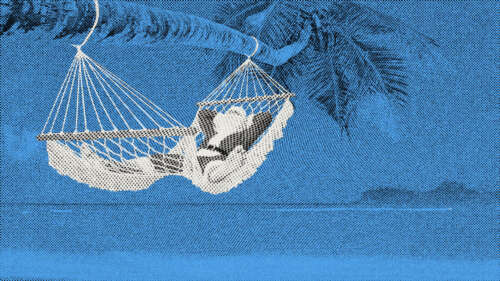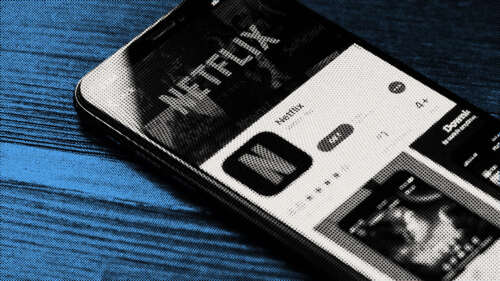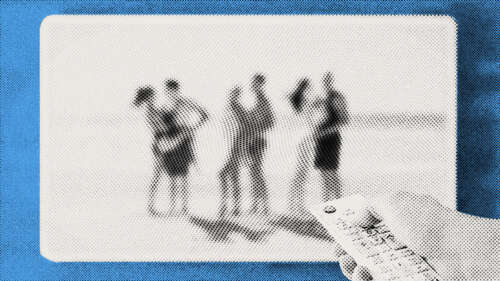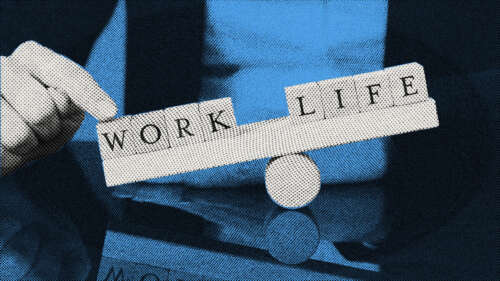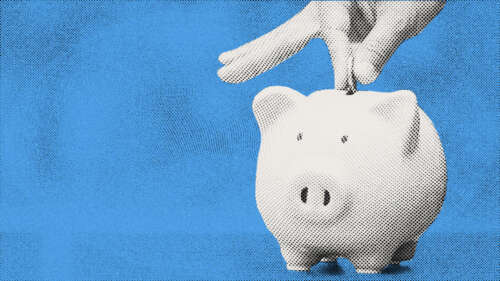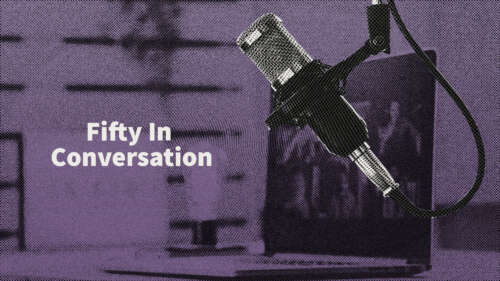It’s not clear exactly when it happened. When London went from a little bit gritty and rough around the edges to gleaming high rises and cranes in the sky. But one sign of the UK capital’s transformation from ragtag cool to luxury condos has been the complete obliteration of clubs and a sanitisation of the nightlife scene. It’s a story that exists across the UK, with over 1400 clubs closing between 2005 and 2015 across the country, and the market contracting at a rate of 6% a year.
But it’s not just high rents and stricter licensing regulations from local authorities that is killing London's nightlife scene. There’s a distinct change in what people consider fun anymore with nighttime options expanding to include more wholesome alternatives like crazy golf in a junkyard or virtual reality arcades. “New bars, smaller venues and street food events, along with pop-ups, have all been broadening the offer,’ Alan Miller, the chair of the Night Time Industries Association, which represents clubs, told The Guardian.
With that in mind, we wanted to understand who is the London partygoer of 2020? We decided to look specifically at London professionals, to understand the upmarket nightlife scene and who exactly is going out these days?
Here are three top insights we gleaned from the Fifty platform:
MANY PARTYGOERS ARE CREATIVELY AND CULTURALLY MINDED
Of the top five tribes by size, three come from professionally creative backgrounds: the Contemporary Music Industry, Film & Theatre Industry and Design Creatives tribe all describe themselves with words like ‘artist’, ‘creative’ and ‘art’. They are interested not only in their own fields, but in the wider world of arts and culture with influencers in each tribe ranging from high brow such as the Royal Albert Hall to low-brow entertainers like the cast of Made in Chelsea.
NIGHTLLIVE STEREOTYPES DON'T ALWAYS HOLD...
Clubbers or partygoers are often subjected to a certain amount of stereotyping – whether that be the City boys out on the town to get loose or the university students who don’t know how to hold their liquor. But what we found in our study is that while there are some expected tribes to emerge such as Trendy Young Professionals and Property Professionals, there were also surprising tribes such as Museum & Gallery Goers who you might not expect to be night-owls.
...BECAUSE THE DEFINITION OF 'NIGHTLIFE' HAS EXPANDED
To create our study we looked at upmarket bars and clubs in London, but casting an eye across some of the top tribes in the study we can see that nightlife has indeed expanded beyond going clubbing. Food brands like StreetFeast and Taste of London all appeared in the top 100 influencers list, alongside cultural venues like Southbank Centre. There were also hybrid entertainment venues such as Bunga Bunga and Punchdrunk emerging as influencers for specific tribes, highlighting how niche interests has changed the nightlife landscape.
Catch up on the latest trends and insights here.
Interested in finding your core audiences? Book a platform demo today.

